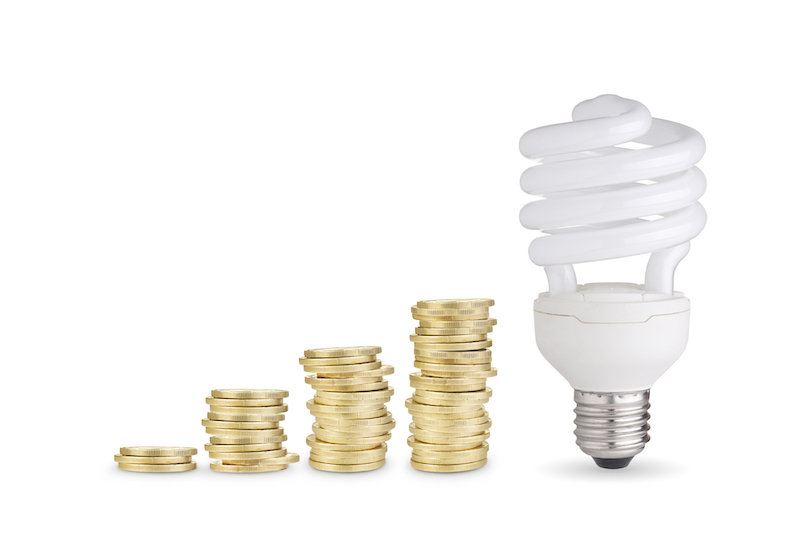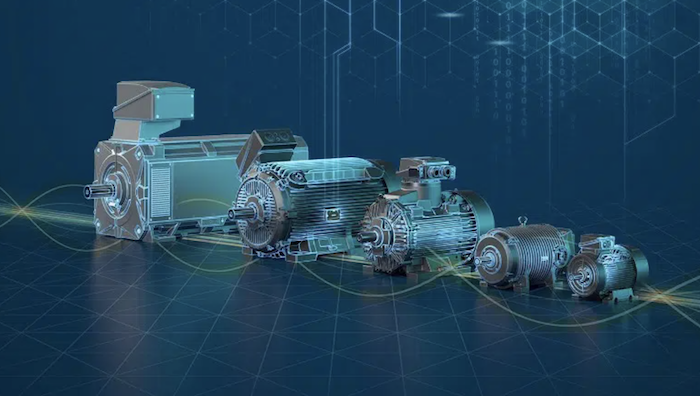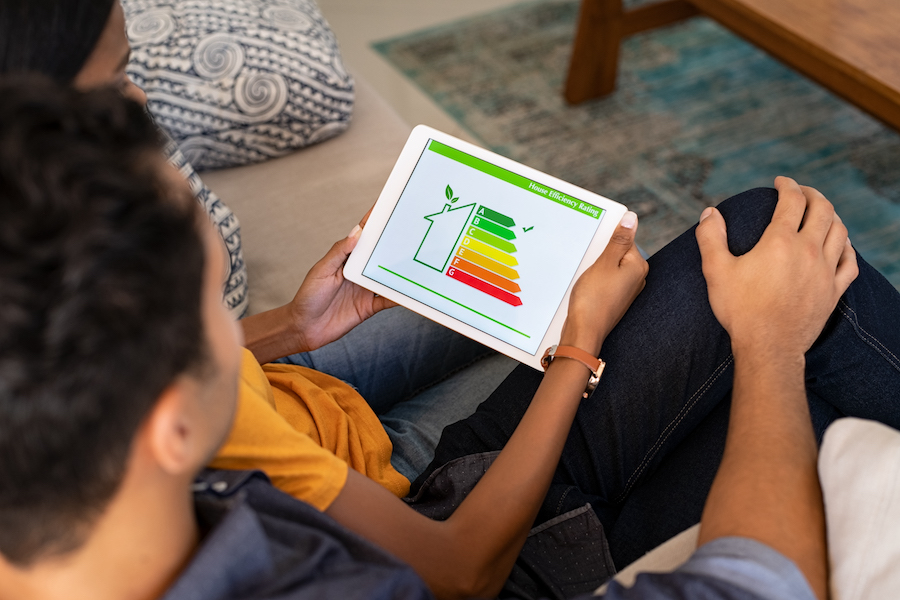Tips for improving your facility’s energy efficiency
The voices advocating for reduced energy consumption in industry are becoming louder and more prevalent than ever before. This is not only due to the efforts of various advocacy groups, but also due to real legislative changes that aim to improve industrial energy efficiency. It is important to prepare for these trends by modernizing your technology. Here are some tips on how to do that.
The pursuit of increased energy efficiency is a priority in many areas, which should not be viewed negatively. However, many industrial processes across different sectors must adapt to new limitations. Implementing efficiency measures is not always a straightforward task. Among the various priorities in this regard are ISO 14001 and other environmental management standards, or the EN 16001 standard for energy management. However, where should one start when seeking to reduce energy requirements?
Also related to the topic: high voltage motors, medium voltage motors, IC511, low voltage motors, variable frequency drives, low voltage motor
An in-depth analysis of energy flows
In order to reduce energy requirements, it is important to conduct a detailed analysis of energy flows within the company. This includes not only current consumption levels, but also historical data and the energy requirements of individual devices and larger technological systems.
When it comes to reducing energy consumption in industrial settings, it is important to employ professional monitoring devices as well as tailored analytical techniques. However, this alone will not be sufficient – organizations also need to implement practical measures that can be put into action immediately and lead to significant energy savings. The most common of these measures relate to the efficient operation and maintenance of machines.
The use of modern electric transmissions can lead to more efficient operation of powered devices, through careful integration with your current power system. VYBO Electric transmissions can be tailored to meet specific application requirements, without any need for compromizing. This ensures that you get the most out of your powered equipment.

Introducing Variable Speed Drives in Motors
It is no surprise that drives account for a significant portion of overall energy consumption. However, this does not mean that every older electric motor must be immediately taken out of service. A better option is the introduction of drives with variable speeds, which can be achieved through a combination of an electric motor and a frequency converter. With this type of drive, various fans and pumps can save up to 30% in energy consumption depending on the type of operation.
Recommended: slip ring motors, medium, high voltage slip ring motors, variable frequency drives
Elektromotors and frequency converters are a combination that is becoming increasingly common in modern industrial applications. This technology is also becoming more affordable, as evidenced by the range of products available from VYBO.
How to improve heat dissipation and more efficient electric motors
To achieve a lower energy consumption, using recycled heat can be an effective solution, particularly through the use of recuperation systems or heat pumps, depending on the type of operation and the amount of heat generated. However, it is important to carefully plan and design a recycling system that is tailored to the specific needs of the operation.

The elimination of waste heat can also be achieved with the investment in new electric motors. For example, modern plunge saw motors with a specially adapted construction that effectively prevents overheating. Even under demanding conditions, there is no excessive heat that would need to be dissipated to other driven devices. You can learn more about modern plunge saw motors and other equipment that reduces energy consumption in your operation at the VYBO Electric website.
Important information about: variable frequency drives, slip ring motors IC511, high voltage motors
Source: elements.envato.com

